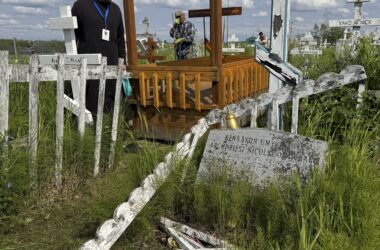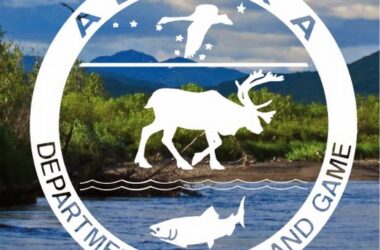April has been proclaimed Bear Awareness Month in Alaska. The purpose is to encourage all Alaskans to educate themselves regarding safety issues connected with Alaska’s bears, thereby ensuring confident and safe outdoor adventures for all.
All Alaskans live in bear country, and the Kenai Peninsula is no exception. The state is home to all three species of North American bears, including approximately 100,000 black bear and 30,000 brown bear. Black bears occur over most of the forested areas of Alaska and are found from sea level to alpine areas. Brown bears are generally larger than black bears, with a more prominent shoulder hump, less prominent ears, and longer claws. Polar bears, while not found on the Kenai, are typically white, large, with a longer neck and small head, and live in the northernmost regions of Alaska.
Local wildlife biologist Jeff Selinger says Kenai Peninsula residents should make note of what they can do to reduce the likelihood of bear encounters: “Yeah there is a lot of different things that people can do, they can start by just going out and looking around the yard or in the neighborhoods or the wood lots around their house because there could be things that accumulated over the winter, there could even be carcasses from animals that died during the winter. Just check around, be careful while you’re doing it, clean up anything that might attract bears into your neighborhood, mainly garbage issues or items that have a lot of odor to them.”
Selinger also outlined what to do in the event of a bear wandering into a residential neighborhood: “The first thing to do is to make sure everybody’s safe, get everybody into a safe area inside the house preferably, you can try to scare the animal away by doing it in a safe manor by making noises, you know going outside and trying to move the animal out of the area, only do that if you can do it in a safe manor, I need to emphasize that. But then you should also contact the Department of Fish & Game and we will make a site visit to see if there’s anything that we can see that might have brought the animal to the area.”
To report a bear sighting, contact the Alaska Department of Fish and Game at (907) 262-9368.






